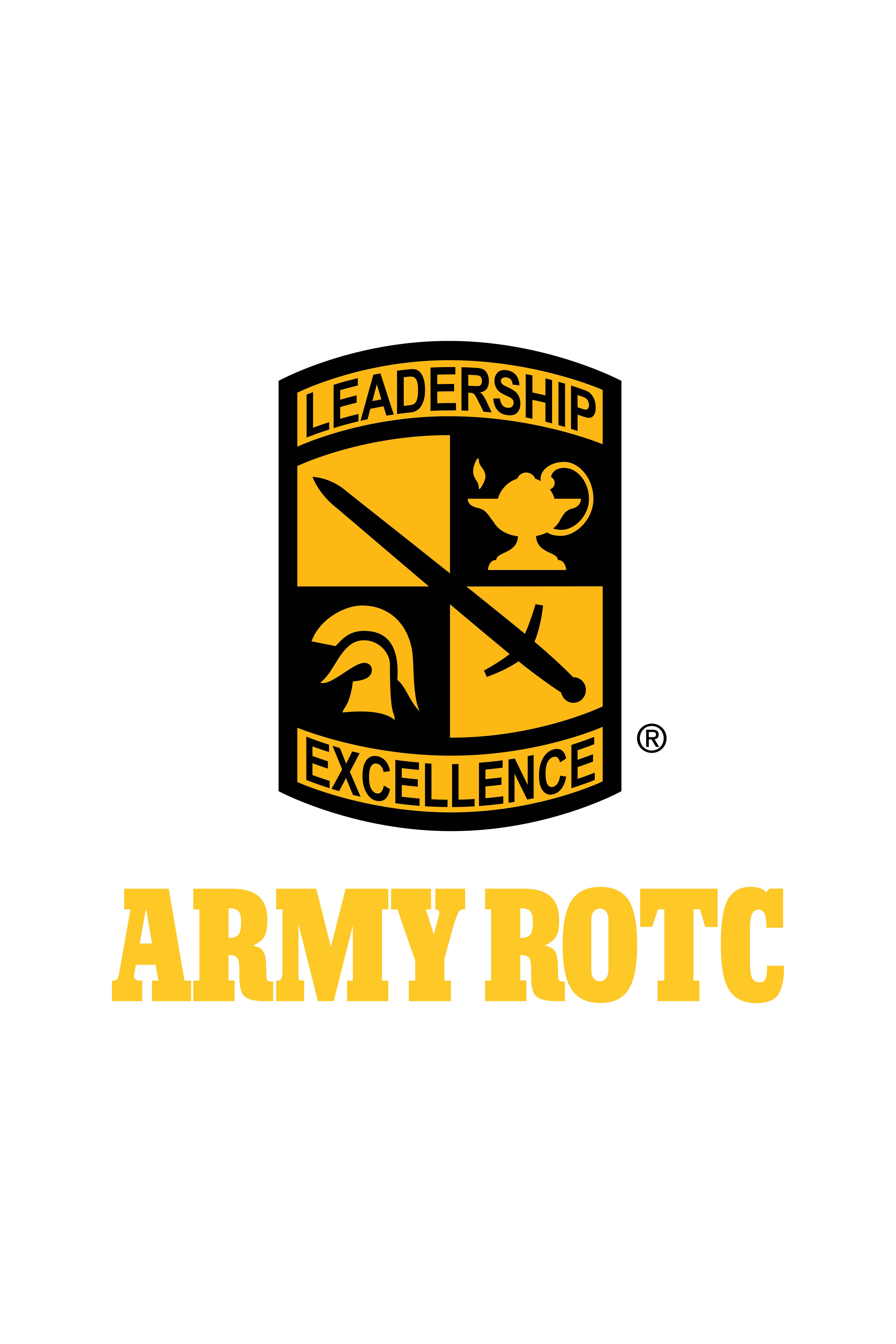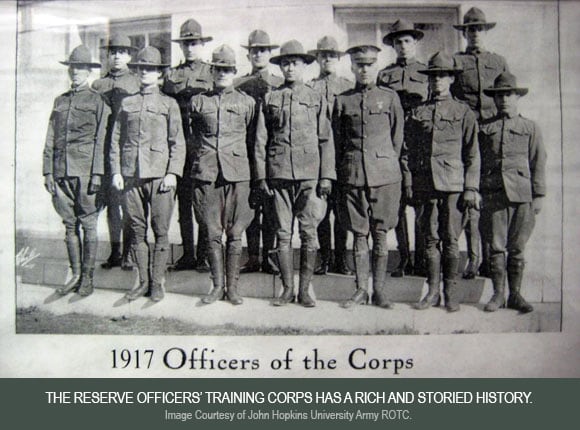For 100 years, the United States Army has successfully combined the academic rigor of civilian education and the high standards of military training into a unified program — the Army Reserve Officers' Training Corps, or ROTC.
President Woodrow Wilson signed the National Defense Act of 1916, creating ROTC, and providing the leadership foundation for more than half-a-million second lieutenants over the past century to serve in the Regular Army, Army Reserve, and Army National Guard. The Army we've all come to know today would not exist as it does without the College and University ROTC program.
ROTC draws from the American well, representing the full fabric of the nation, with nearly 300 programs dispersed across all 50 states, including Guam and Puerto Rico. ROTC is also largely responsible for propelling the Army forward toward inclusion and diversity. This fusion of varied geographical backgrounds, ethnicities, religions, and career fields has contributed to making the United States Army a leadership powerhouse, and the most dominate land force the world has ever known.
The ROTC lineage is rich with trailblazers who set the path for the Army's current success. For many, ROTC was the bridge between small beginnings and realized dreams. For me, it began on the campus of Virginia State University during the spring of my sophomore year. Virginia State introduced me to a world of endless possibilities; however, ROTC was the door to that new world. Now more than 35 years later, I am beyond humbled to stand alongside tremendous leaders, both in uniform and in the corporate sector, who also walked through the ROTC door.

Army ROTC
Photo Credit: ()
Gen. George C. Marshall, Jr., led the way and was the first officer with ROTC roots. Preceding the formal creation of ROTC, he graduated from the Virginia Military Institute in 1901 and received a commission as a second lieutenant. General Marshall became the Army's Chief of Staff on the same day that World War II began in Europe. Following his retirement from the Army, Gen. Marshall went on to win the Noble Peace Prize and serve as both Secretary of Defense and Secretary of State. Gen. Marshall set the standard for the thousands of officers who followed his footsteps to professional military education.
Another trailblazer, retired Gen. Colin Powell, the son of Jamaican immigrants, was the first African-American to serve as U.S. Secretary of State and the first African-American to serve as Chairman of the Joint Chiefs of Staff. General Powell found his calling through the ROTC program at the City College of New York. When asked by National Public Radio what would have been his career choice outside of the Army, he simply responded, "I'd probably be a bus driver."
Other distinguished ROTC graduates went on to serve in senior military assignments including former Chiefs of Staff of the Army Gen. George Casey, Gen. Peter Schoomaker, Gen. Gordon Sullivan, Gen. Fred Weyland, and Gen. George Decker, former Commander of U.S. Army Forces Command, Gen. Larry Ellis.

1917 Officers of the Corps
Photo Credit: Courtesy John Hopkins via U.S. Army
Today, the ROTC legacy remains strong as the 39th Chief of Staff of the Army Gen. Mark Milley, a graduate of Princeton University's ROTC program, leads the best- manned, trained, led, and equipped Army in history, engaged in numerous named operations around the globe during an incredibly challenging and complex time.
Still more ROTC alumni carry success outside of the military, like award-winning actor James Earl Jones, businessman Sam Walton, legendary football coach Lou Holtz, Associate Justice of the Supreme Court Samuel Alito, and former Secretaries of Defense Robert Gates and Leon Panetta.
ROTC is the source of commission for approximately 70 percent of the Army's commissioned officers each year, and more than 40 percent of currently serving Active Duty Army General Officers found their beginnings in the ROTC program.
ROTC has also found success at the middle and high school level through the Junior ROTC program. Thousands of middle and high school students have benefited from the leadership and learning environment the program provides. Current statistics reveal that students enrolled in JROTC have a graduation rate at 94 percent.
As our United States Army celebrates 100 years of leader-development success through ROTC, the complex world in which we live dictates that we must remain focused on building the next generation of military and civic leaders. Many forerunners built the bridge to ROTC's success that we enjoy today, and now it is our turn to extend that bridge to the next generation.
Developing competent and confident leaders of character for our Army and the Nation requires a strong national commitment and strategic investment of time and resources. The past century of the Army ROTC program has a proven track record, and has demonstrated a positive return on the Nation's investment.
I'm honored to join thousands of Americans in extending my congratulations to the U.S. Army ROTC program on a century of success in developing leaders for the defense of our nation.
Army Strong!
Gen. Dennis L. Via has been the commanding general of U.S. Army Materiel Command since August 2012. Before his current role, he oversaw the retrograde of equipment and materiel out of Iraq at the end of Operation New Dawn.




